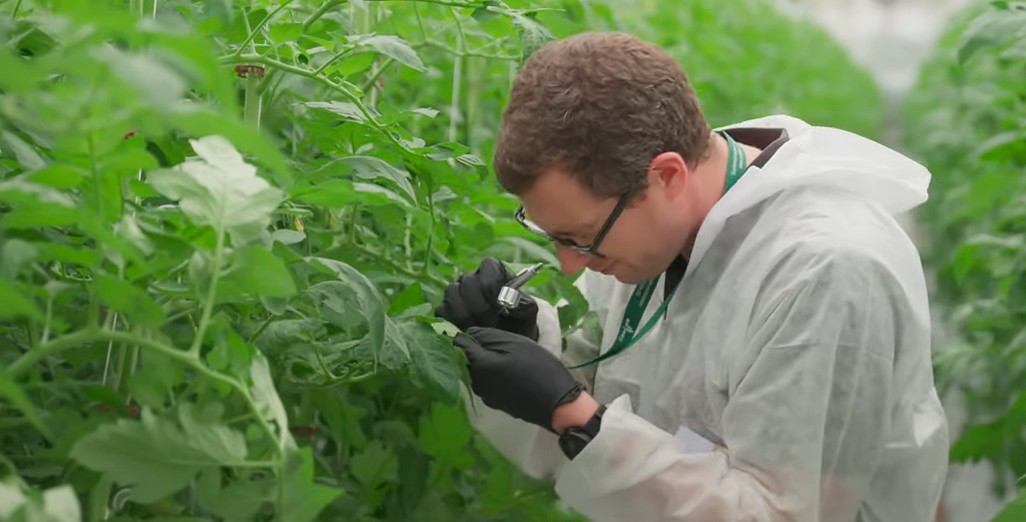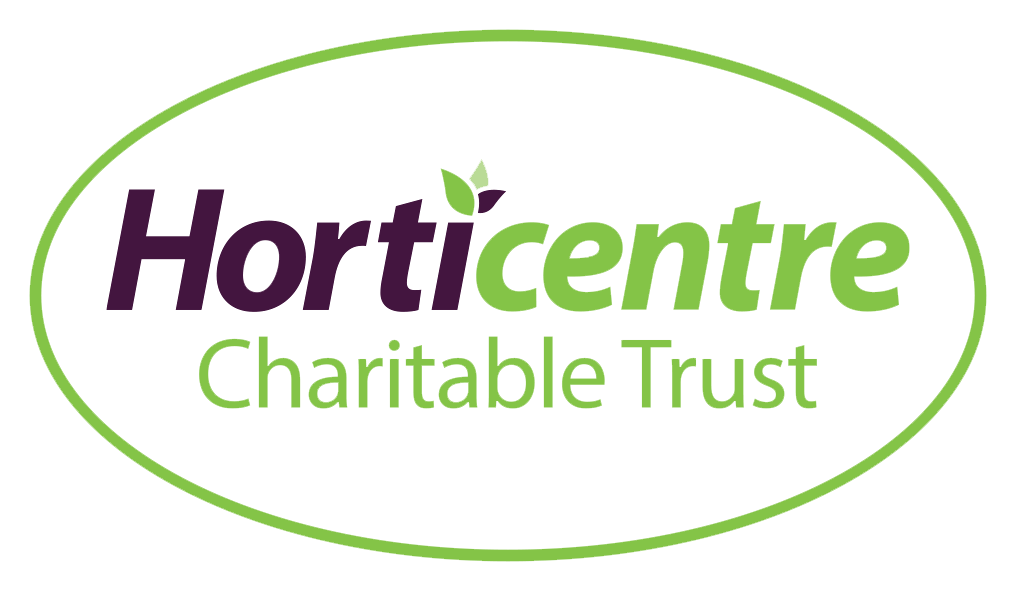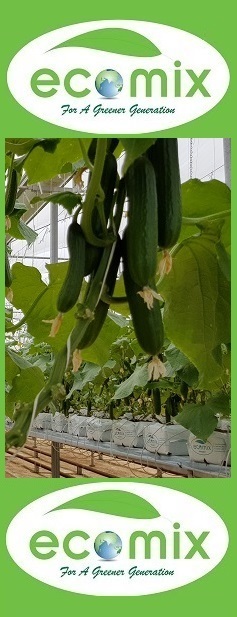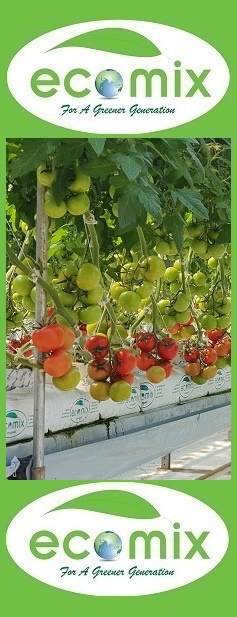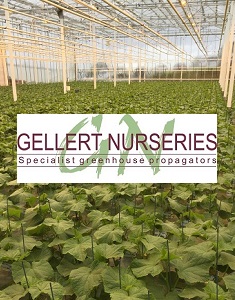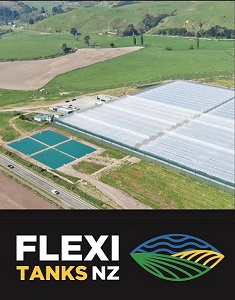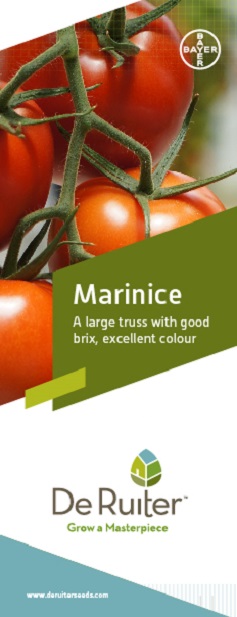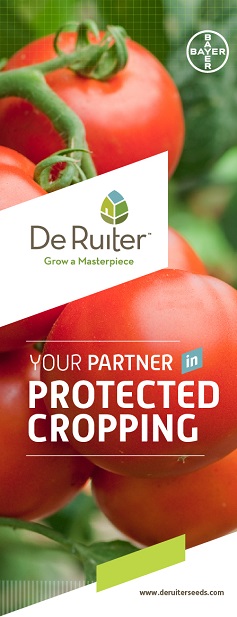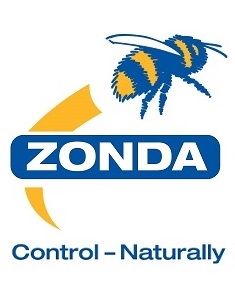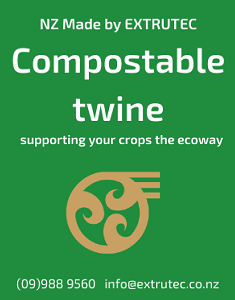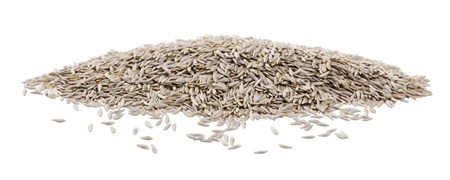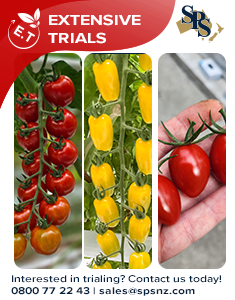Sign up here to subscribe to the Grower2grower Ezine. Every two weeks you will receive new articles, specific to the protected cropping industry, informing you of industry news and events straight to your inbox.
Oct 2020
Positioning of the clip calculated

Technical
There are different explanations as to why many growers are using wire or plastic clips instead of twisting. It is totally dependent on the natural vigour of the plant or in fact the growth pattern of the plant. Some varieties will grow directly up, with leaves pointing upwards, making the procedure of twisting easy or it could be quite the opposite for alternate varieties.
There are differing opinions as to where to attach a clip. Although, I think we all agree never directly above the truss for tomato plants. Let’s take tomatoes as an example, you can place the clip either under the middle leaf or directly under the truss. A minor problem with placing the clip under a leaf, is that this may slow down the de-leafing process, if you cut leaves. Clips sometimes get in the way when cutting a leaf. You can cut the string higher up the stem, to release tension so the clip slides down the stem making it is easier to cut the leaf cleanly.
For large loose tomato varieties, that require removing the empty truss, it can be a pain to have clips under the truss but for some cherry tomato varieties, where it is not necessary to remove trusses, it makes sense to always clip under the truss. I picked a cocktail truss for three seasons and it was easier in that circumstance to have the clips placed in between the leaf and not under the truss. So a horses for courses approach.
Clip placed directly above the truss. This is totally avoidable.
Excellent placement of a steel clip on a cucumber plant tight under neath the leaf node.
Advantages of Clipping:
Clipping is extremely useful if you get behind with twisting or if the variety grows at right angles. I am extremely impressed with the Tomsystem, which uses a steel ring instead of a plastic clip. However, if the work falls behind it can become a tangle, and then the plastic clip, regardless of being slower, is the preferred option.
Clipping is also much easier on the plant than twisting. It allows a much faster recovery from the stress of cells being strangled around a string, especially in the warmer months.
It may seem a minor detail but if you don’t put the clip in the place that suits your particular variety it could cost you labour hours somewhere in the chain. Every variety will require something different that suits your operation. This small amount of attention to detail, in a competitive market, is important as businesses strive to improve.
Image of a large loose variety. I would prefer the clip in between the leaf as this truss will need removing.
Not the end of the world for the position of this clip, however, as this is a cherry tomato, I would prefer it under the truss as per below.
Cover Photo – Clip placed perfectly under the flowering truss of a cherry tomato
I appreciate your comments. Please feel free to comment on the grower2grower Facebook page:
https://www.facebook.com/StefanGrower2grower/
Article Written and compiled by Stefan Vogrincic, Consultant, Grower2Grower
Article Edited by Marie Vogrincic, Editor, Grower2Grower
CLASSIFIED
Subscribe to our E-Zine
More
From This Category
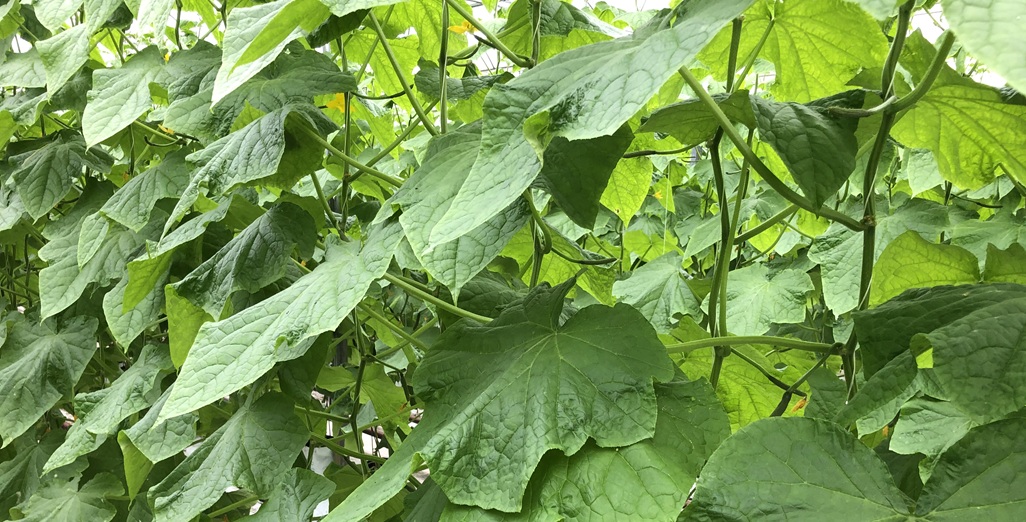
EPA – New reporting and notification requirements are coming in 2026

Skytree, a pioneer in direct air capture (DAC) technology, announces its official market entry into New Zealand.
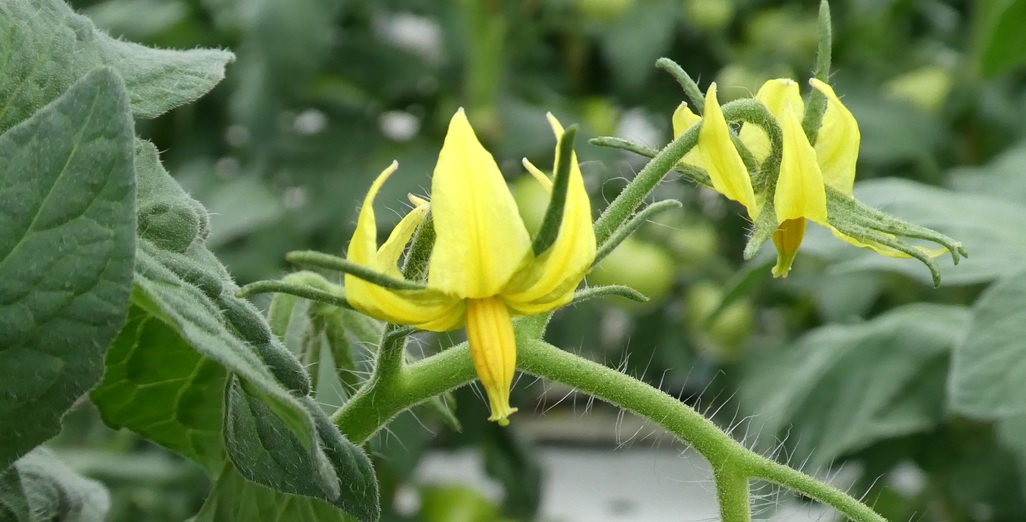
Celebrating 200 Editions of Grower2Grower: A Milestone for Our Growing Community
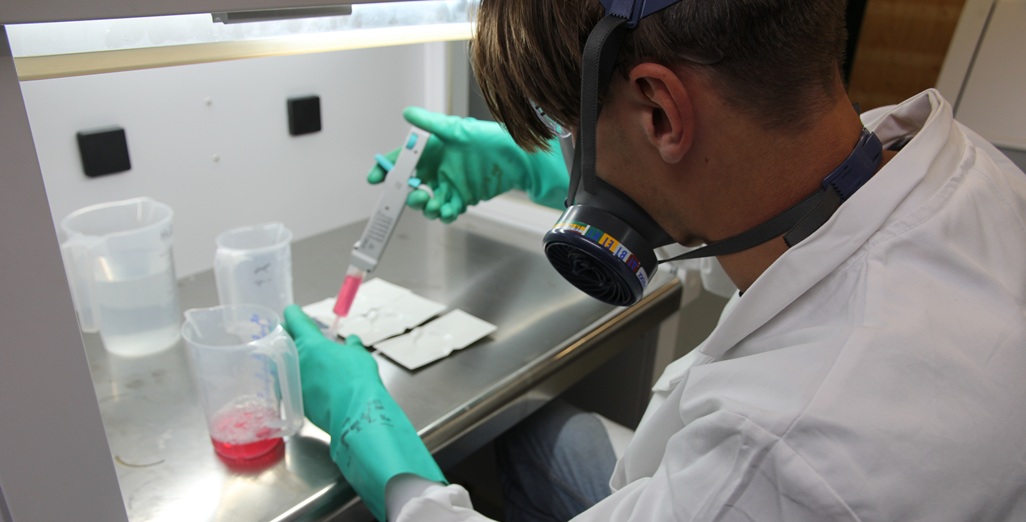
Metazet investigates chemical resistance of cultivation gutters: material choice crucial under stricter cleaning protocols
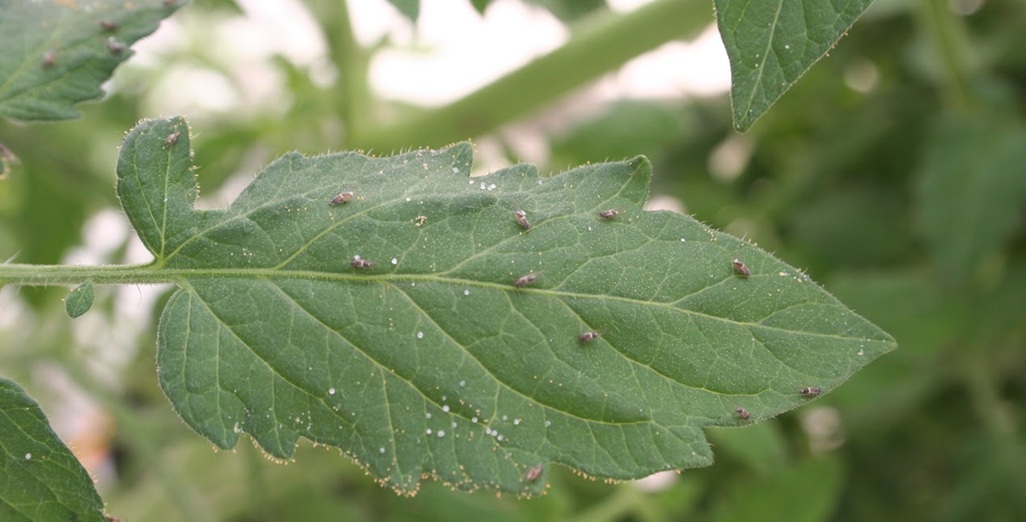
Tomatoes biocontrol focus of new podcast series
